Best Seasons for Geothermal Repairs
Timing for geothermal system repairs depends on several factors including seasonal conditions, system performance, and maintenance schedules. Typically, the most suitable periods are during mild weather when system operation is less stressed, allowing for easier diagnostics and repairs without the interference of extreme temperatures.
Spring and fall are ideal times for geothermal system repairs due to moderate weather conditions, reducing system stress and allowing for thorough inspections.
Persistent system inefficiency, unusual noises, or fluctuating temperatures may signal the need for repairs regardless of the season.
Extreme summer or winter conditions can complicate repairs, as system components are under additional stress during these times.
Scheduling repairs during off-peak seasons can minimize downtime and ensure system efficiency during peak usage periods.
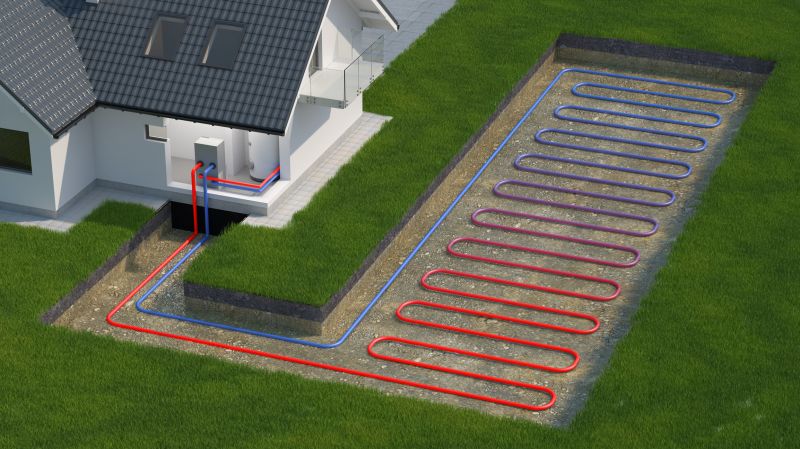
Technicians inspecting geothermal piping components.
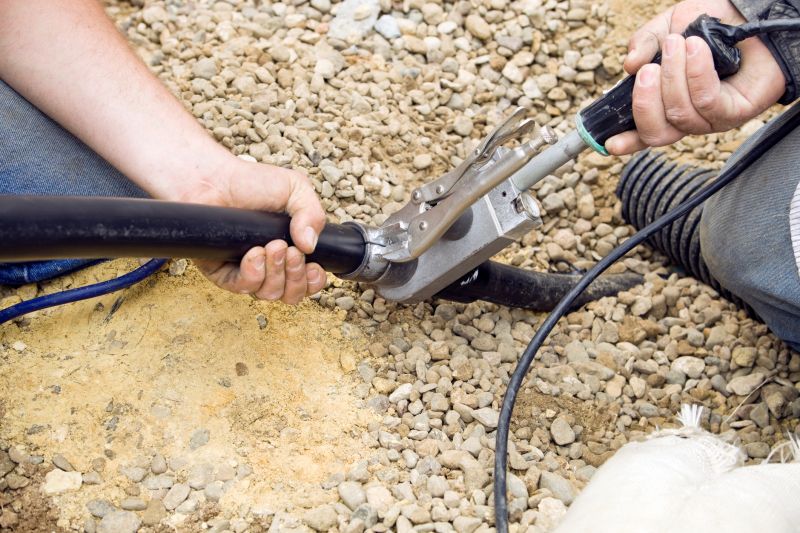
Technician performing system diagnostics during mild weather.
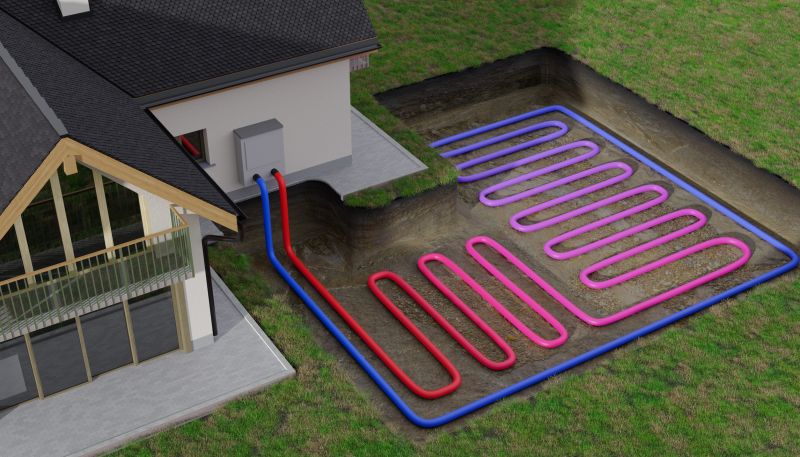
Replacing worn-out components in a geothermal system.
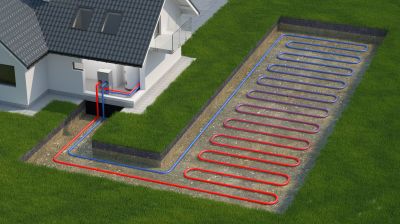
Ways to make Geothermal System Repairs work in tight or awkward layouts.

Popular materials for Geothermal System Repairs and why they hold up over time.

Simple add-ons that improve Geothermal System Repairs without blowing the budget.
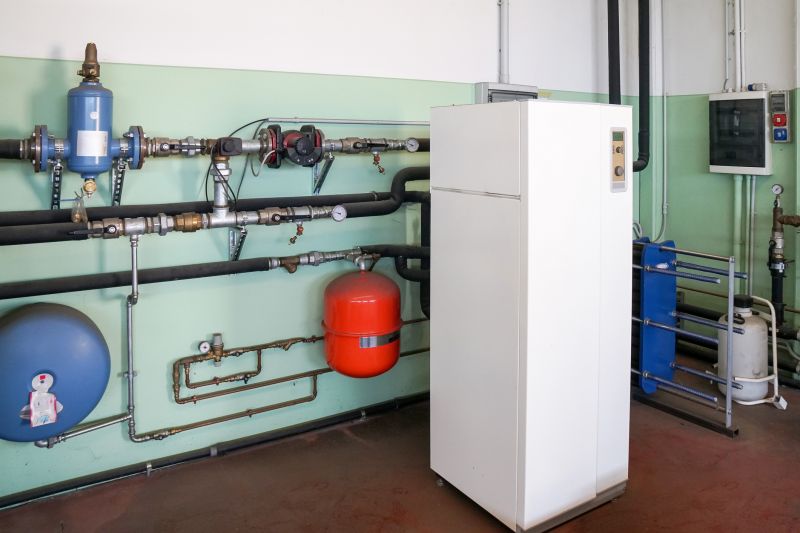
High-end options that actually feel worth it for Geothermal System Repairs.

Finishes and colors that play nicely with Geothermal System Repairs.
| Season | Recommended Repair Timing |
|---|---|
| Spring | Ideal for system inspections and minor repairs. |
| Summer | Use caution; avoid repairs during peak heat. |
| Fall | Optimal for comprehensive system maintenance. |
| Winter | Perform only emergency repairs; system under stress. |
| Off-Peak Seasons | Best for scheduling major repairs and inspections. |
Advancements in geothermal technology have increased system durability, but wear and tear still occur over time. Common repair needs include replacing pumps, fixing leaks, and restoring insulation. Understanding the best times to perform repairs ensures minimal disruption and maximizes system longevity.
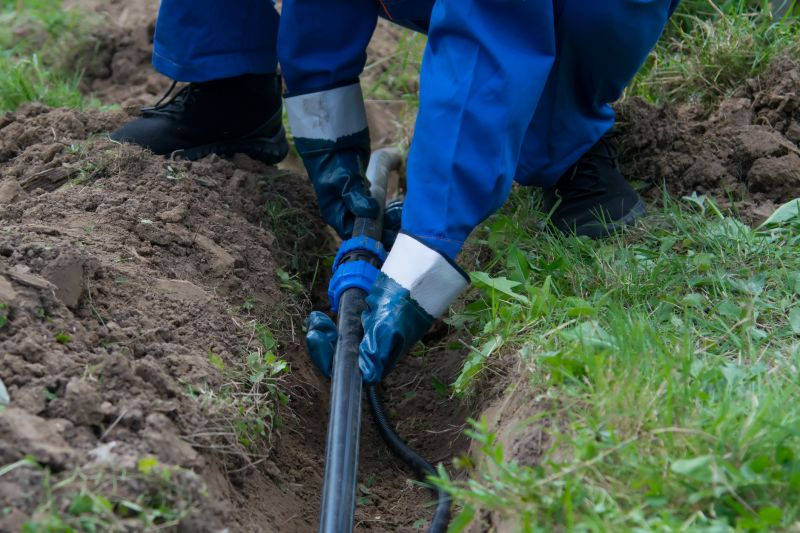
Technician replacing damaged piping components.

Using diagnostic tools to assess geothermal system health.

Installing new pumps and valves.
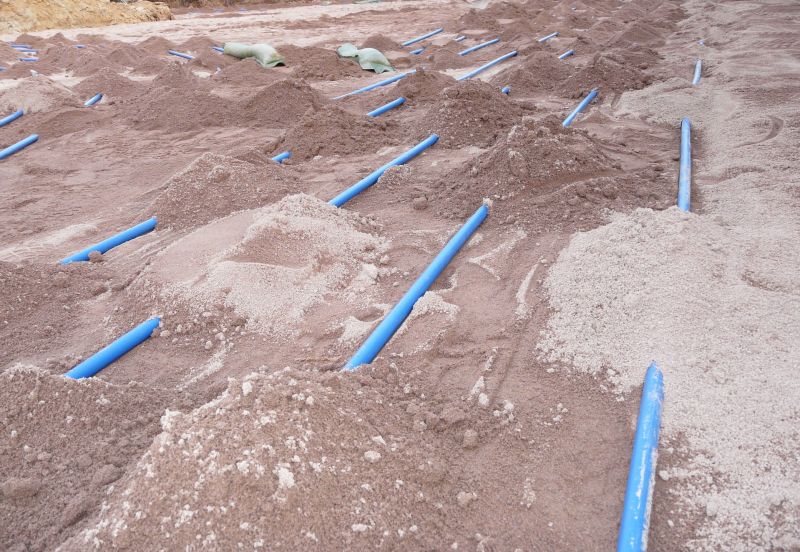
Locating and sealing leaks in the geothermal loop.

Little measurements that prevent headaches on Geothermal System Repairs day.

A 60-second routine that keeps Geothermal System Repairs looking new.
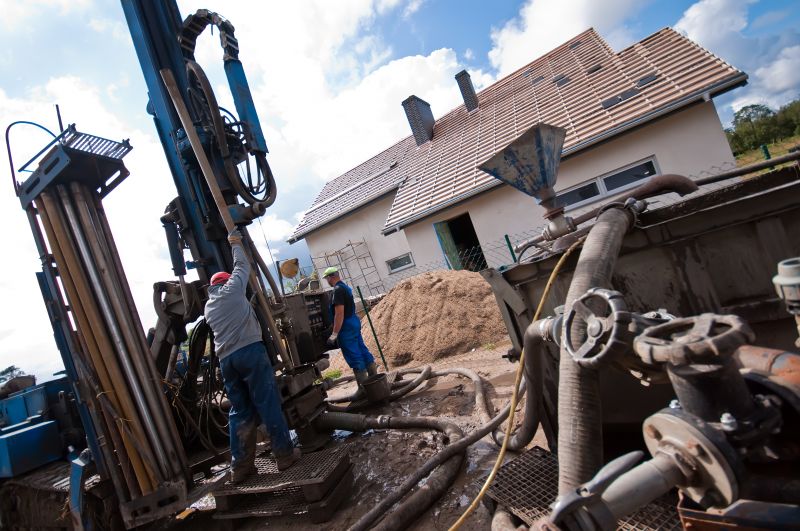
A frequent mistake in Geothermal System Repairs and how to dodge it.
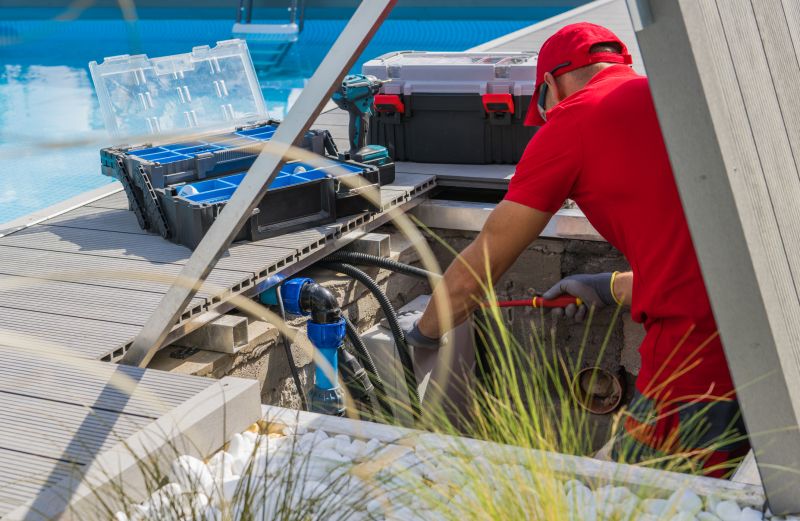
Small tweaks to make Geothermal System Repairs safer and easier to use.
For those interested in geothermal system repairs, filling out the contact form provides an opportunity to schedule inspections or discuss repair needs. Proper timing and maintenance can ensure sustained system performance and energy savings.
